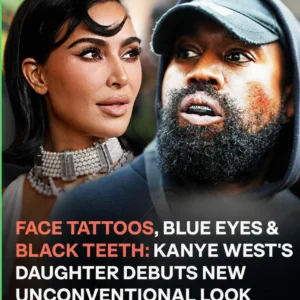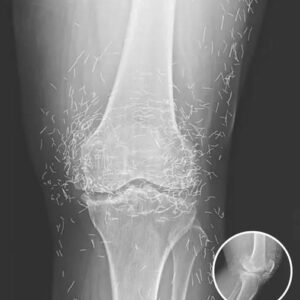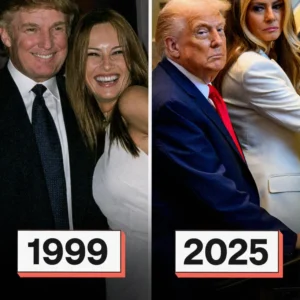Hair ties may seem like simple, everyday accessories, but their impact on hair health is often underestimated. Used daily for ponytails, buns, or even worn on the wrist, these small tools influence both style and the long-term well-being of your hair. The type of hair tie you choose matters significantly.
Rough or overly tight elastic bands, especially those with metal clasps, can lead to hair breakage and damage the hair shaft over time. These ties tug on strands, causing friction and creating unsightly creases that can take hours or even days to smooth out. For gentler alternatives, silk scrunchies and coil-style hair ties are highly recommended.
They reduce tension, minimize friction, and help maintain the natural texture of your hair. Sleeping with tight hairstyles should also be avoided, as constant pressure on the roots can contribute to thinning or even traction alopecia, a form of hair loss caused by persistent pulling. Beyond physical effects, hair ties can accumulate bacteria, oils, and dirt, which may transfer back to the hair and scalp if not cleaned or replaced regularly.
Despite these risks, hair ties carry a unique emotional and practical value. Many people keep them as nostalgic tokens—scattered in purses, drawers, or cars—as small reminders of daily routines, childhood memories, or personal habits. They are simultaneously functional and comforting, quietly shaping how we manage our hair and navigate daily life. Choosing the right type, wearing them mindfully, and keeping them clean ensures your hair stays healthy while still enjoying the convenience and style they provide.





